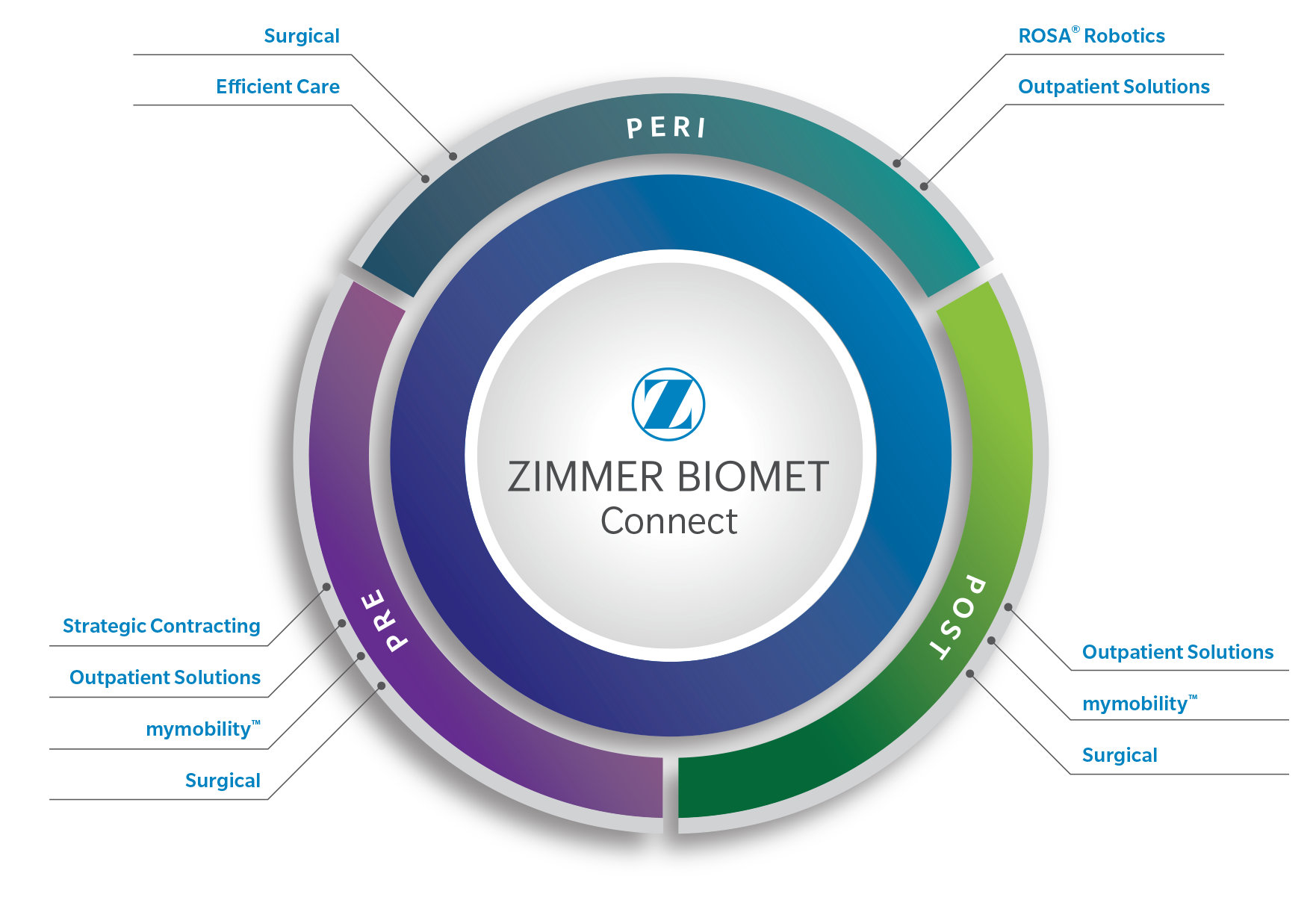Why Prolong Highly Crosslinked Polyethylene… because polyethylene can wear.
Prolong Highly Crosslinked Polyethylene represents a significant advance in wear reduction. Its resistance to wear provides a promising solution for TKA patients, especially today's more active, physically demanding patient.
While TKA has proven successful, tibial insert wear and damage are often cited as primary causes for an estimated 63,000 revision knee surgeries each year.1-4 One recent study identified polyethylene wear as the most common cause for knee revisions.5 In this study, 44% of knees revised more than 2 years after the index arthroplasty were directly attributed to polyethylene wear.
The Prolong Polyethylene Solution
Prolong Polyethylene is specifically designed to reduce wear and delamination. This includes enhancements to a number of wear factors:
- Reduced topside wear6
- Resistance to oxidative degradation9
- Reduced backside wear8
- Improved resistance to articular subsurface and posterior stabilized (PS) spine/post delamination, pitting, and cracking1,7
Wear Rates
In vitro wear simulator testing demonstrated an 81% reduction in total volumetric wear of CR articular surface components and a 78% reduction in total volumetric wear in PS articular surface components compared to conventional polyethylene. The results of in vitro wear tests have not been shown to correlate with clinical wear mechanisms.
Start of Delamination in Laboratory Test Samples
In head-to-head testing specifically designed to result in early onset of delamination, conventional polyethylene inserts repeatedly showed signs of delamination, as compared to Prolong polyethylene, which showed no evidence of delamination.
Oxidation
Prolong Highly Crosslinked Polyethylene is formulated specifically to resist wear under the conditions found in knees and represents a significant scientific advancement in wear reduction. In wear and damage mechanism studies, Prolong Polyethylene consistently resisted oxidation and delamination, thereby decreasing surface wear and subsurface fatigue that can lead to delamination or pitting.9
Backside Volumetric Wear Rates
In joint simulator testing, conventional polyethylene exhibited more backside wear compared to Prolong Polyethylene.8,10
Posterior Stabilized Post Fatigue Strength Test
Testing has shown that the Prolong Polyethylene PS Post is at least as strong as the conventional polyethylene post.




